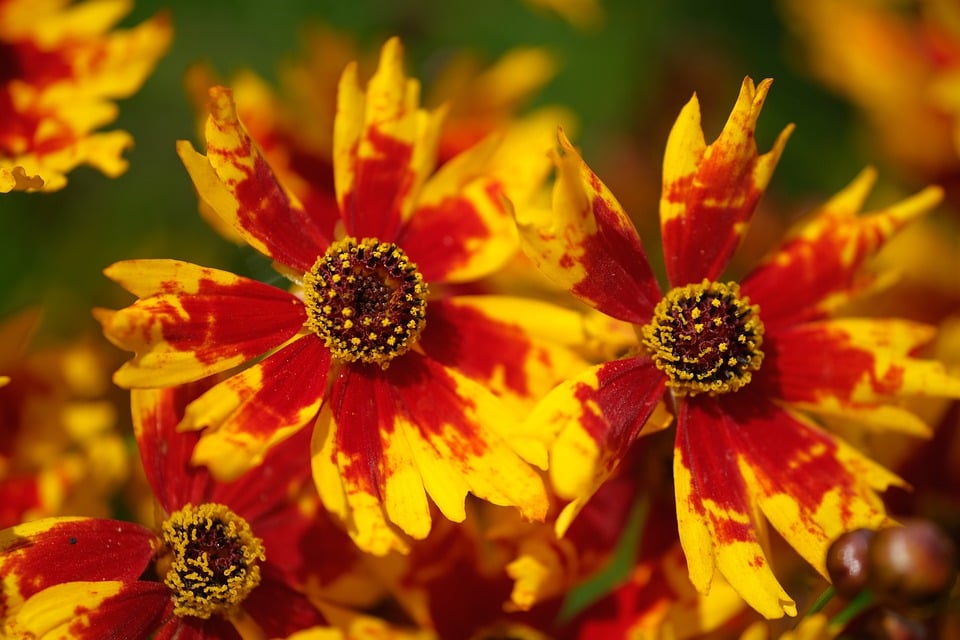In today’s world, where social issues are increasingly at the forefront of public discourse, the intersection of art and activism has become a powerful tool for driving social change. From music and visual arts to literature and performance, artists have long used their creative talents to challenge injustices, raise awareness, and inspire action. In this article, we will explore the significance of art as activism, its historical context, current state, and future predictions, to understand the transformative impact of cultural expression on social movements.
Art has always played a crucial role in social movements throughout history. From political posters during the Russian Revolution to the protest songs of the civil rights movement in the United States, artists have used their platforms to amplify marginalized voices, challenge oppressive systems, and galvanize communities for action. The Dada movement in the early 20th century, for example, used art as a form of protest against the senseless violence of World War I, challenging traditional notions of art and society. Similarly, the feminist art movement of the 1970s sought to critique gender norms and promote women’s rights through visual and performance art.
In the age of social media and digital technology, art as activism has taken on new forms and expanded its reach. Online platforms like Instagram, Twitter, and TikTok have enabled artists to share their work with a global audience, sparking conversations and mobilizing communities around social justice issues. Visual artists like Shepard Fairey and Banksy have gained international fame for their politically charged street art, while musicians like Beyoncé and Kendrick Lamar have used their music to address issues of race, inequality, and police brutality. Performance artists like Ai Weiwei and Marina Abramović have pushed the boundaries of artistic expression to confront authoritarian regimes and human rights abuses.
As the world continues to grapple with complex social, political, and environmental challenges, art as activism will likely play an increasingly important role in shaping public discourse and driving change. With the rise of digital technology and virtual reality, artists will have new tools at their disposal to engage audiences in innovative ways and create immersive experiences that resonate on a deeper level. Collaborations between artists, activists, and technologists will become more common, blurring the lines between art, technology, and activism to create new forms of cultural expression. As society becomes more interconnected and interdependent, art will continue to serve as a powerful medium for promoting empathy, solidarity, and collective action.
- Use of multimedia platforms such as social media, websites, and virtual reality to showcase art as activism
- Integration of music, visual arts, literature, performance, and technology in creating impactful artistic expressions
- Collaboration with grassroots organizations, NGOs, and social justice movements to amplify messages and reach wider audiences
- Utilization of crowdfunding and crowdsourcing platforms to support artists and fund social justice initiatives
- According to renowned artist and activist Ai Weiwei, "Art is not a commodity. Art is about the human experience, and it can provoke the conscience."
- The Black Lives Matter movement in the United States has been propelled by powerful visual art, music, and performance that highlight systemic racism and police violence.
- The #MeToo movement, sparked by activist Tarana Burke, has been fueled by art and storytelling to raise awareness about sexual harassment and assault.
Art as activism is a dynamic and evolving form of cultural expression that has the power to transform society, inspire action, and drive social change. By exploring its historical context, current state, and future predictions, we can appreciate the immense impact that artists have in shaping public discourse, challenging injustices, and mobilizing communities for a more just and equitable world. As we look to the future, let us continue to support and uplift the voices of artists who use their talent and creativity to advocate for a better world. Thank you for engaging with this article, and we encourage you to explore further resources on art as activism to deepen your understanding and involvement in social movements.
